[ad_1]
If one were to peruse the ‘Music@Trincas’ section on the official website of the Kolkata establishment, one would uncover a rich history of food and entertainment in the city. One particular anecdote transports you back to 1963, offering a glimpse into the vibrant scene at Park Street, Calcutta’s bustling food hub: ‘Little Willie Walters, perched on a stool at Magnolia, eagerly digging into his ice cream. The warm city air battles with the air conditioning as the sweet treat starts to melt. Meanwhile, a three-piece jazz band fills the air with soulful melodies. Suddenly, the room’s temperature seems to rise a few more degrees.’
‘Enter a stunning woman in a fish-tailed dress that effortlessly sweeps across the floor. She has the aura of a Hollywood star, the kind that leaves you spellbound. Her gaze lands on young Willie, who is lost in the rhythm of the music and his melting ice cream. She winks at him, and in that moment, time stands still. Willie is so astonished he drops his ice cream. This is the moment that will forever intertwine jazz and Trincas in his memory, though he doesn’t know it yet.’
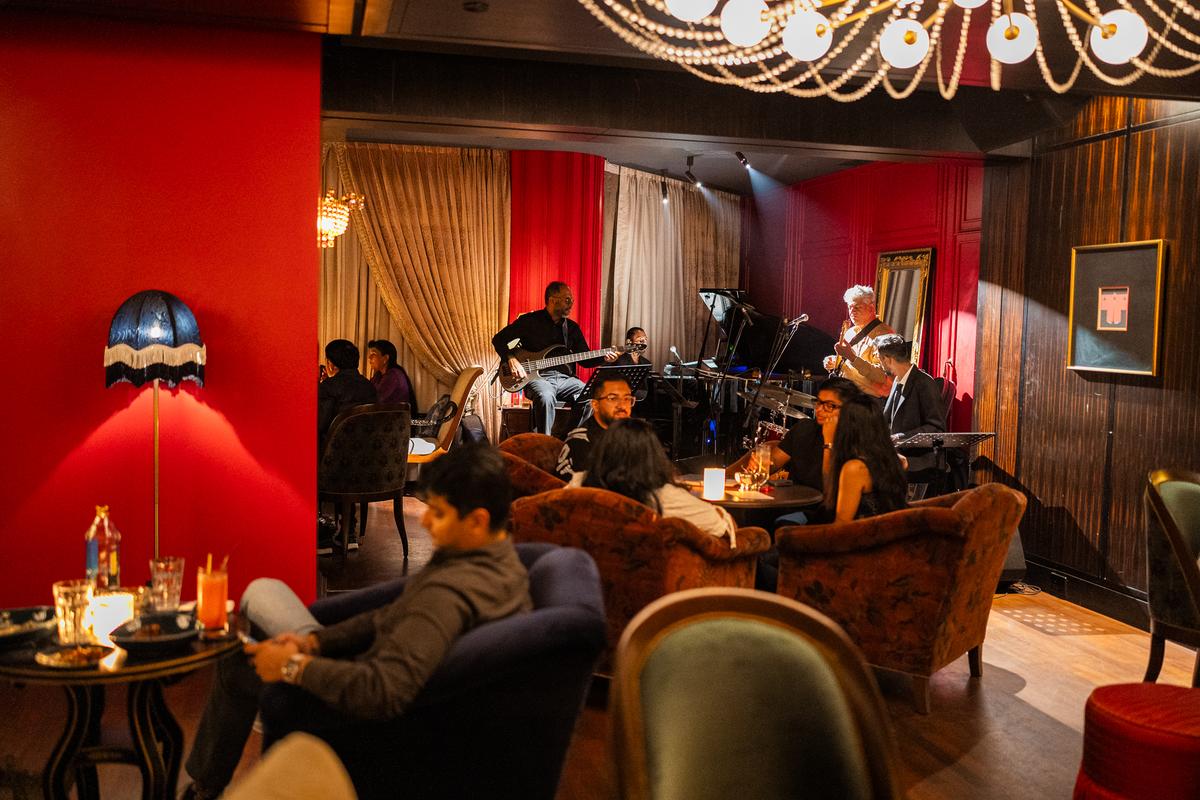
Jazz at ZLB23
| Photo Credit:
Special Arrangement
Willie, inspired by this unforgettable encounter, would grow up to etch his name on Calcutta’s rich jazz tapestry. He would become a cherished bassist, always eager to explore new musical horizons. In fact, before Willie passed away this year, he was instrumental in spearheading a jazz renaissance at Trincas with The Willie Walters Quartet, which was born in 2022 for those magical weekend afternoons (Saturdays and Sundays between 1 pm and 3 pm). “It was born because Willie Walters possessed the extraordinary ability to mould a group of musicians — who had never played in a jazz band — into a seamless ensemble,” says Anand Puri, a third-generation restaurateur who has been at the helm of Trincas since 2019. Anand’s parents took over the restaurant in 1959 and introduced live music, thus converting the erstwhile tearoom and bakery (originally established in 1927) into a restaurant with live floor shows.
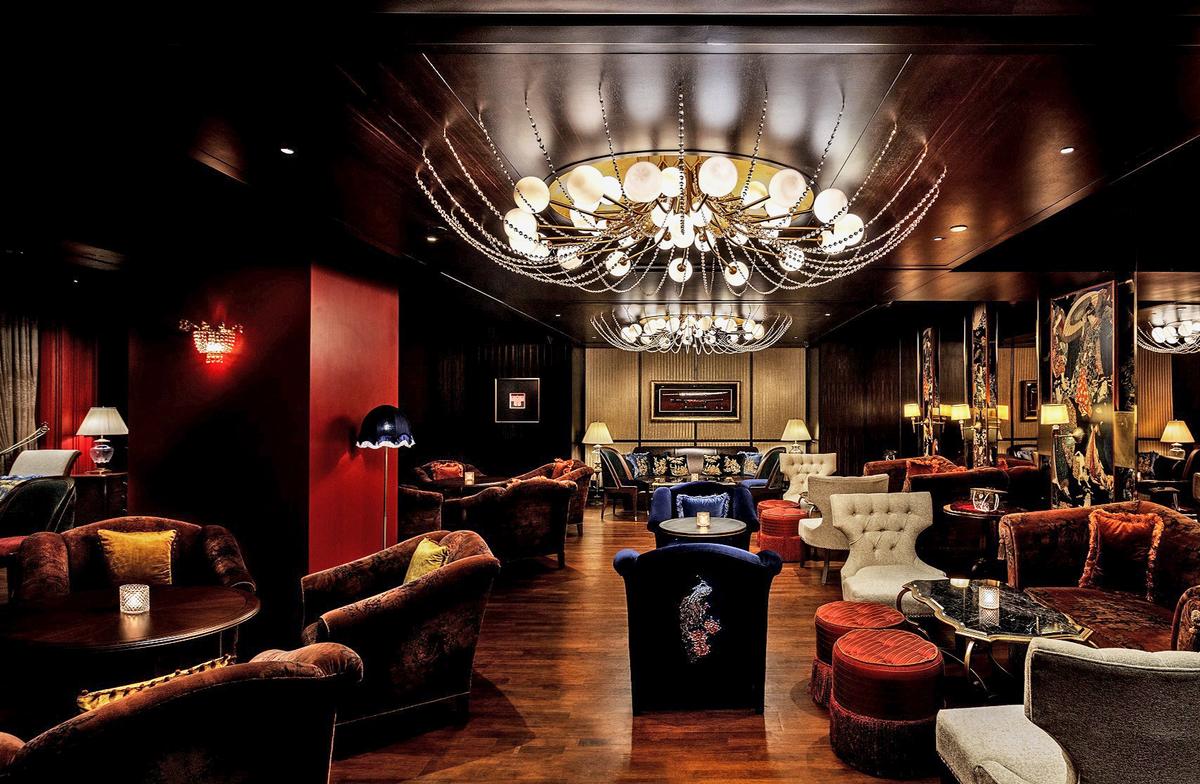
A snapshot of ZLB23
| Photo Credit:
Special Arrangement
Anand observes that while jazz is widely talked about today, few truly understand it. “To keep it approachable, we focussed on jazz standards and maintained a light vibe, ensuring that everyone could connect with the music. By doing so, we revived jazz in Kolkata, turning every Sunday afternoon into a special experience,” he adds. Despite traditionally slow lunch service on weekends at Trincas, the jazz afternoons have increased occupancy by nearly 100%, proving that the genre is a significant draw.
Music to our ears
Jazz specials and live nights are becoming more frequent across restaurants and bars in India. While only a handful of establishments host dedicated jazz nights every week or month, the genre is catching on for its ability to create an environment perfect for a chill night out.
During my last trip home in April, I visited AMPM Kolkata, a standout among the slew of cocktail bars that have emerged in the past one-and-a-half years. Despite the acoustics needing some fine-tuning, I was impressed by the number of music events hosted there. Although there was not a dedicated night for jazz, my friend and marketing consultant Mahima Awasthy, a Kolkata resident and regular at AMPM, told me that Paddy [Pradyumna Manot], the music director, has brought a lot of credibility to the music programme at the establishment. “I enjoy jazz nights. Not only does it draw in a larger audience because of its appeal to a wider demographic, but the intimate setting of the cocktail bar also lends itself perfectly to the genre,” she says.
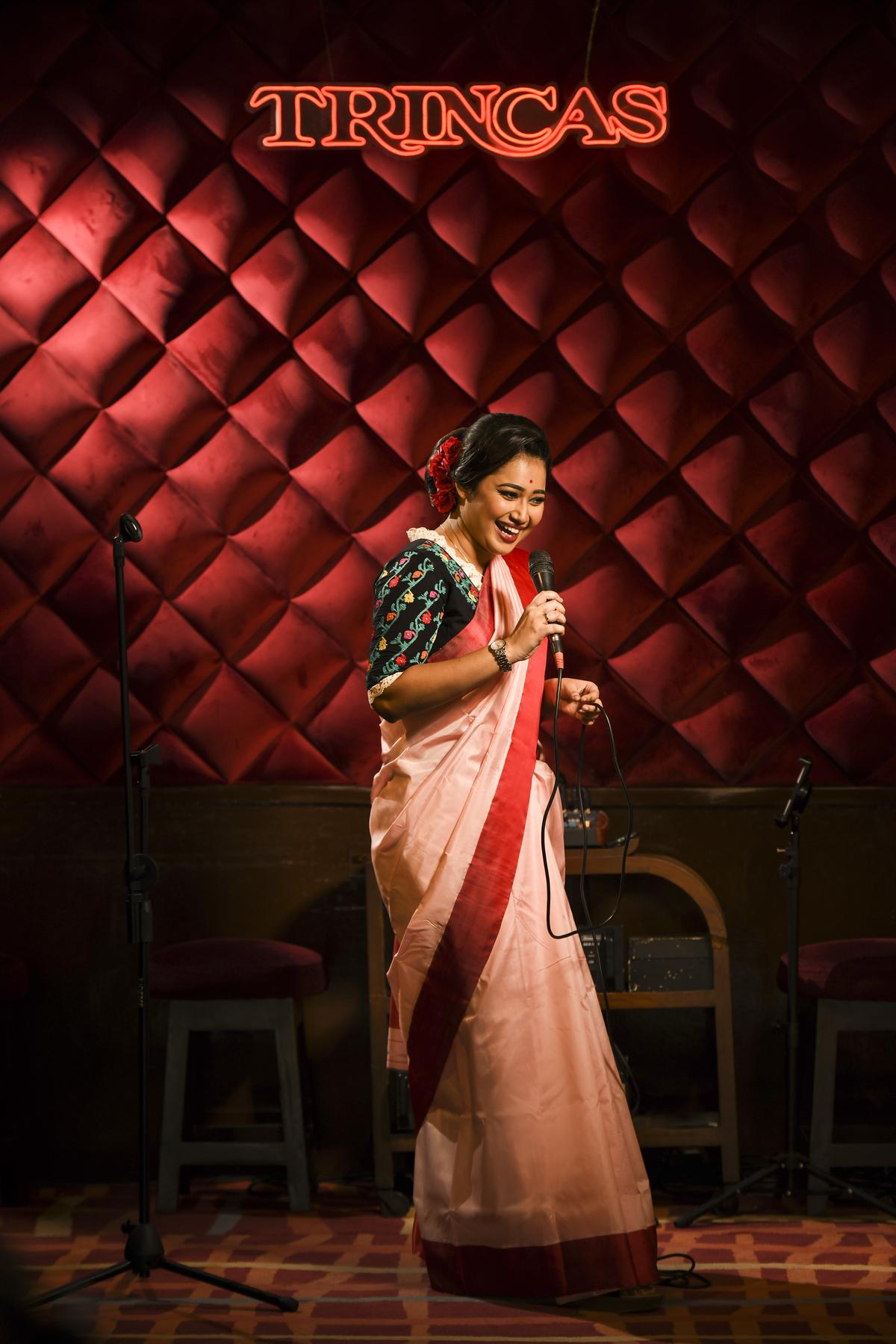
An artiste performing at Trincas
| Photo Credit:
Special Arrangement
The Piano Man Jazz Club, a full-service restaurant, bar, and music venue founded in 2015 by classically-trained pianist and entrepreneur Arjun Sagar Gupta, is one of a handful of establishments in India that is dedicated to jazz. Arjun believes that the primary function of a music venue is to create awareness and accessibility for different types of music. “There was no dedicated place for jazz. One issue was the lack of venues, and another was the need to address systemic problems like payments to artists, access to professional equipment, and proper training. Often, jazz is used as a trendy buzzword, but in reality, it is often played in restaurants or bars where music is just a background element, not the main focus,” he says.
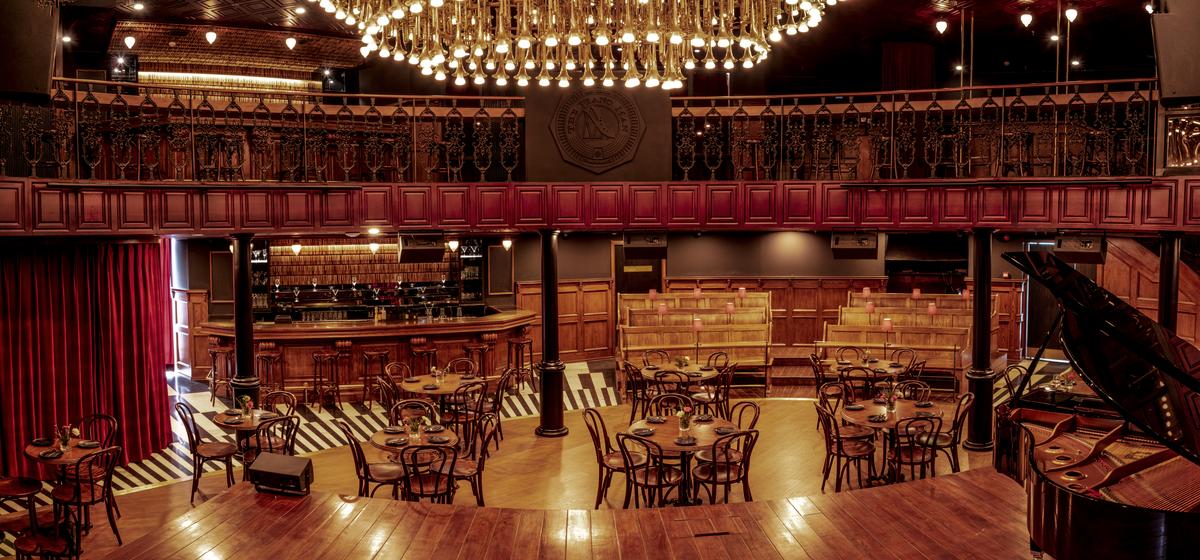
The Piano Man Jazz Club opened a second branch in Gurugram in 2019.
| Photo Credit:
SPECIAL ARRANGEMENT
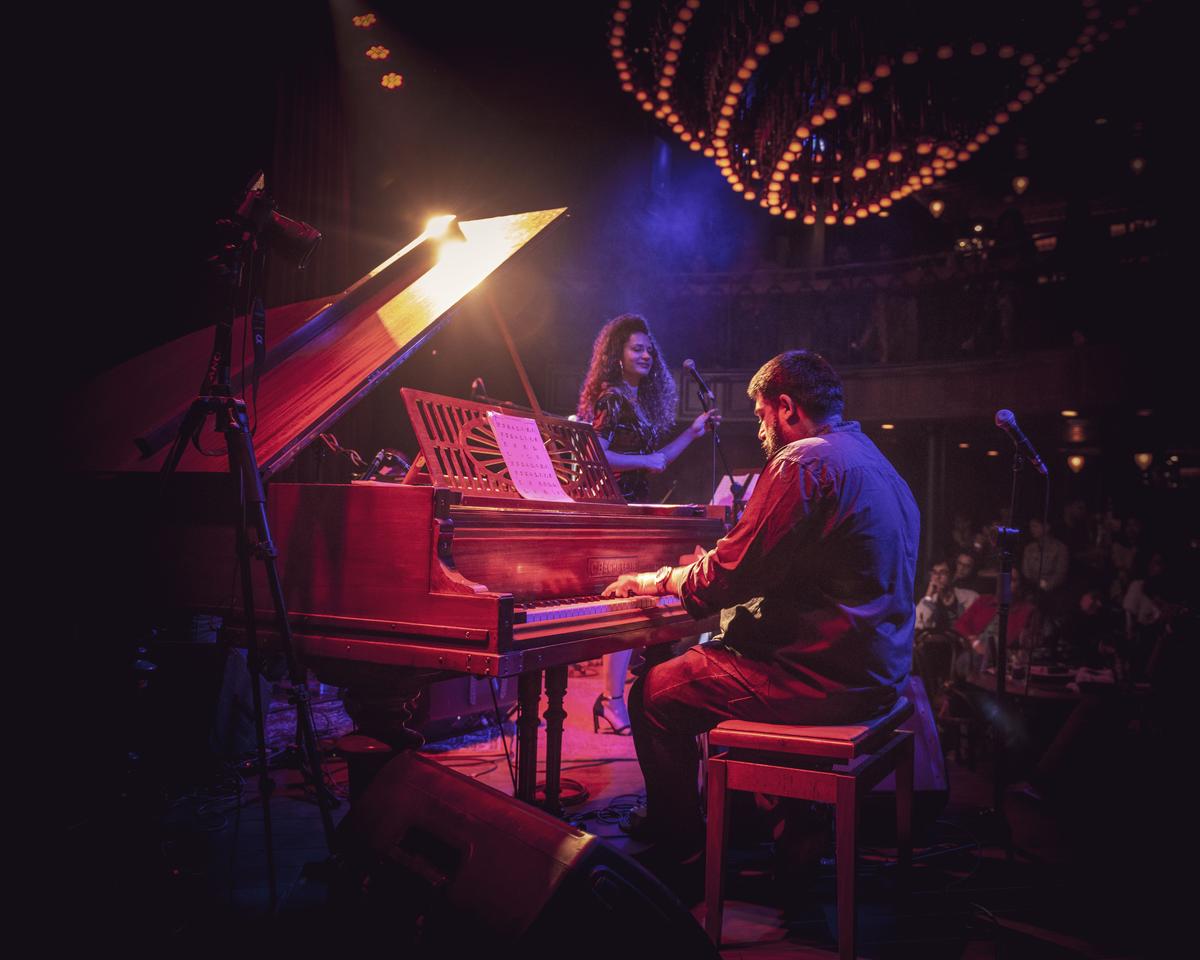
A jazz festival underway at The Piano Man Jazz Club, Gurugram.
| Photo Credit:
Special arranagement
At ZLB23, the Kyoto speakeasy at The Leela Palace Bengaluru, jazz forms an integral part of their music programme. Madhav Sehgal, area vice president — South India, The Leela Palaces, Hotels and Resorts, says jazz played at the speakeasy is a unique blend of styles, including Bebop Jazz, Rock and Blues, Latin, Soul, Bossa Nova, and Carnatic Jazz. “We also feature a variety of bands from around the world. For example, we hosted MaMoGi, a dynamic group known for its mix of progressive rock, electronic music, and jazz, featuring prodigy bassist Mohini Dey, Gino Banks, and saxophonist Mark Hartsuch,” he says.
Arjun believes that for an audience not very well-versed with the genre, easing them in is important. “At Trincas, for example, the quarter sticks to familiar songs with vocals, making it a lighter version of jazz compared to more instrumental-focussed styles. This approach makes jazz more enjoyable for a wider audience. Unlike the previous setup, before I took over, where jazz was a background element in an elite setting; we combined entertainment with dining, allowing people to enjoy both together,” he says.
Sustaining a jazz club is difficult, Arjun believes. This was one of the reasons why when they expanded to Gurugram and Saket, they took a call to invest in larger spaces because their smaller club faced limitations. “With high occupancy, we still struggled to break even. The larger venues allowed us to address these issues. Our second and third venues aren’t called The Piano Man Jazz Club; instead, they are named the Piano Man, reflecting our growth and evolution,” he says.
Behind the scenes
Pune-based jazz singer Sonia Teresa Saigal, who has been in the business for over three decades, says, “There is a lot of new talent out there. Some singers have a strong understanding of jazz, while others sing it just because they have to. When you’re not fully invested in the music and are singing it just to fulfil an obligation, it doesn’t come across authentically.”
Sonia often has managers and music programmers requesting her to do a jazz night, so she always clarifies whether they want ‘jazz jazz’ or something ‘jazzy.’ There is a big difference between the two, she adds. “Most of the time, they want something jazzy, which fits the vibe of the venue. If they specifically ask for proper jazz standards, it’s important to consider if the venue and its audience are aligned with that kind of music,” says Sonia.
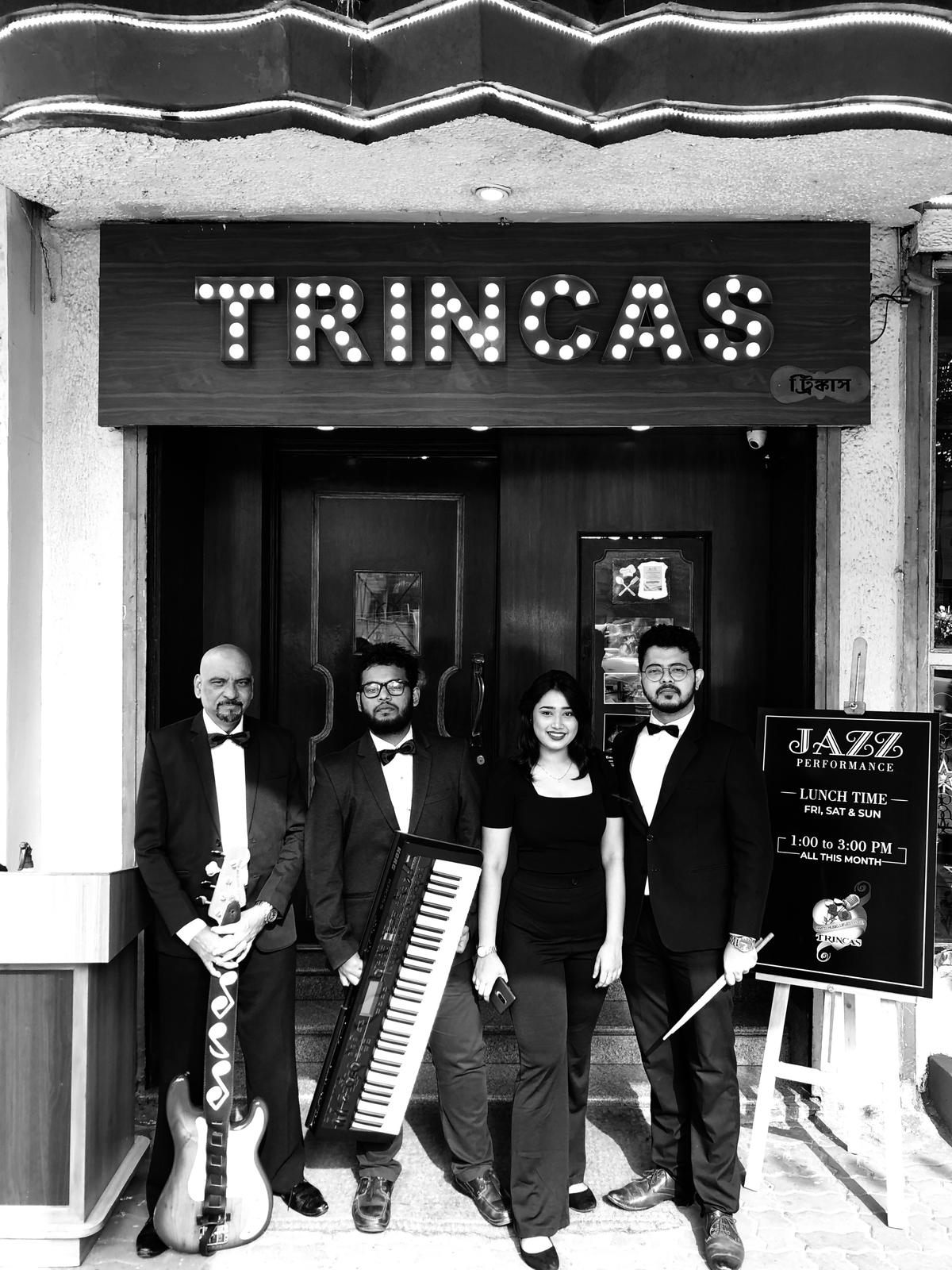
Trincas
| Photo Credit:
Special Arrangement
New Delhi-based Parvati M Krishnan, lead singer of the multi-genre band Parvati La Cantante, believes there are two distinct worlds when it comes to jazz. On the one hand, there is a segment of people who are drawn to jazz for its “cool quotient” and the social status of being seen at a jazz venue. On the other hand, there is a substantial group of jazz enthusiasts in India who genuinely appreciate the music. “I’ve had the chance to sing at jazz events and witnessed people of all ages coming together to enjoy performances from around the world. This culture of deep appreciation for jazz continues to thrive,” says Parvati.
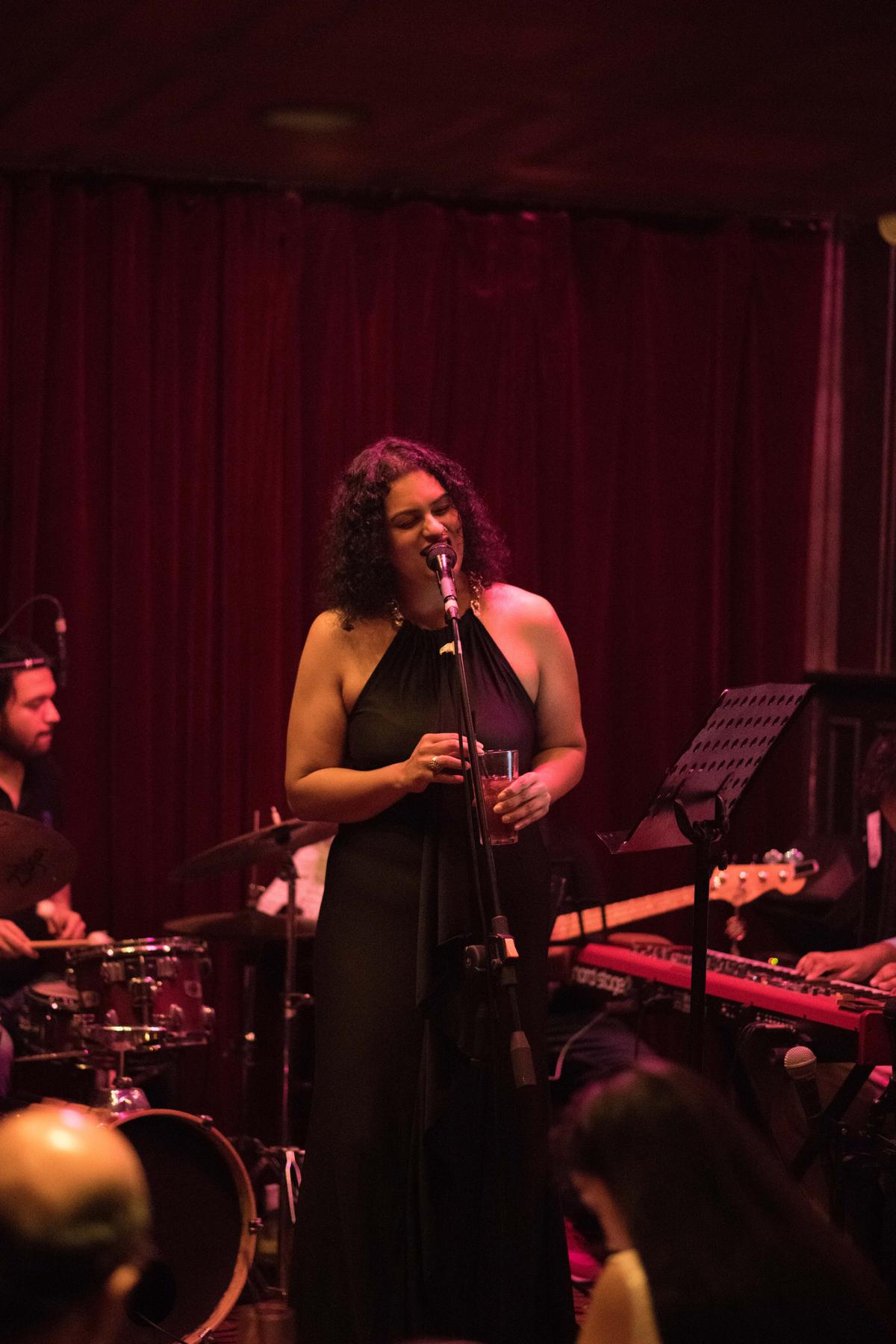
Parvati M Krishnan
| Photo Credit:
Special Arrangement
However, there is a challenge, she believes, with many venues wanting to host jazz music and seeking a certain “classy” vibe but being reluctant to invest in the resources needed to attract top-quality bands and support a lasting jazz culture. “They often try to work within a limited budget, which leads to hiring less experienced musicians who might not deliver the best performances. This approach can push true talent into the background, where it struggles to gain recognition and sustain a career,” concludes Parvati.
Published – October 04, 2024 03:46 pm IST
[ad_2]
Source link





